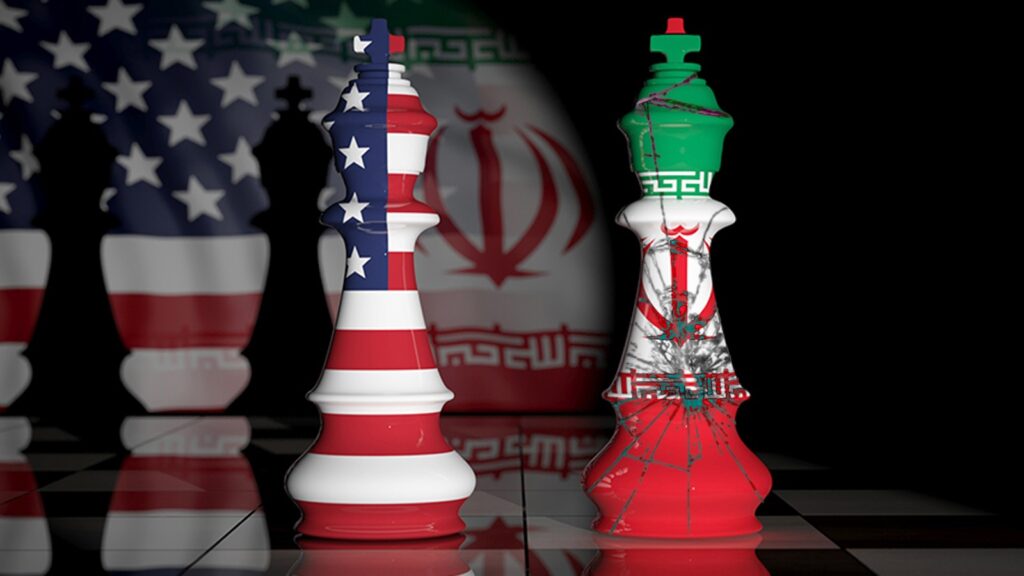A lot has changed in the 1,344 days since President Joe Biden and former President Donald Trump last debated. During this period, Biden won the White House, and Trump refused to accept his loss, leading to the attack on the U.S. Capitol by his supporters. The COVID-19 pandemic surged and then subsided, inflation fluctuated dramatically, and significant geopolitical events unfolded, including the Russian invasion of Ukraine and conflicts involving Israel and Hamas. Despite these tumultuous events, Biden and Trump remain deadlocked in the polls for the 2024 election, highlighting the deeply entrenched partisan divide in American politics.
Similarly, the Iranian presidential debate featured reformist candidate Masoud Pezeshkian and conservative Saeed Jalili, both familiar faces in Iranian politics. The debate covered significant issues like the nuclear agreement, economic sanctions, and public participation in elections. Like their American counterparts, these candidates’ positions and rhetoric reflect the longstanding political divisions within Iran.
U.S. presidential debates often function less as traditional debates and more as media spectacles where candidates aim to create memorable moments and leverage the national spotlight for their campaign. This was evident in the recent Biden-Trump debate, where Biden struggled with his age perception, and Trump relied on his usual bombastic style. Biden’s goal was to reassure voters of his capability despite concerns about his age, while Trump aimed to project competence and energy. Both candidates faced the challenge of addressing their past actions and current policies in a way that resonated with undecided voters.
In contrast, the Iranian debate between Pezeshkian and Jalili, though more formal, also featured heated exchanges and strategic positioning. Pezeshkian attempted to corner Jalili on key issues like the nuclear agreement and economic growth, while Jalili criticized the previous administration and emphasized Iran’s need to engage with countries beyond the West. The debate’s structure and moderation, led by Mehdi Khosravi, aimed to keep the candidates focused on substantive issues, though interruptions and accusations still occurred.
The U.S. debate featured a new format designed to reduce interruptions, with each candidate’s microphone muted when it was the other’s turn to speak. However, this polite structure sometimes hampered the flow of real-time fact-checking and rebuttals, allowing Trump to make numerous unverified claims without immediate pushback. The moderators’ reluctance to interject and correct falsehoods further complicated the debate dynamics.
In Iran, the debate was more tightly controlled, with the moderator actively engaging the candidates and addressing key issues such as voter participation and economic policies. This structured approach aimed to keep the debate focused, though it still allowed for moments of confrontation and pointed criticism, particularly towards the end.
In the U.S., debates are pivotal in shaping public opinion and can significantly influence voter perceptions, especially among undecided voters. The Biden-Trump debate highlighted the candidates’ contrasting styles and policy positions, potentially swaying voter sentiment through memorable moments and effective sound bites.
In Iran, the debates serve a similar function, providing a platform for candidates to articulate their visions and critique their opponents. The debate between Pezeshkian and Jalili was marked by discussions on economic growth, social media restrictions, and international agreements, all critical issues for Iranian voters. The debate’s impact is similarly significant in shaping public opinion and potentially influencing the final election outcome.
However, it’s crucial to note that the Iranian political system operates within a framework where true executive power resides with the clerical establishment, led by the Supreme Leader. While presidents are elected through a voting process, the Supreme Leader retains ultimate authority over foreign policy, defense strategies, and significant domestic policies. This clerical oversight distinguishes the Iranian presidency from its U.S. counterpart, where presidents wield executive authority independently within a genuine democratic system.
While U.S. debates reflect the dynamic of democratic accountability and executive authority, Iranian debates occur within a political structure that balances electoral processes with clerical oversight, shaping the nature and scope of presidential power fundamentally differently. Despite these differences, debates in both countries play a crucial role in the democratic process, providing voters with insights into the candidates’ policies, personalities, and leadership capabilities.



